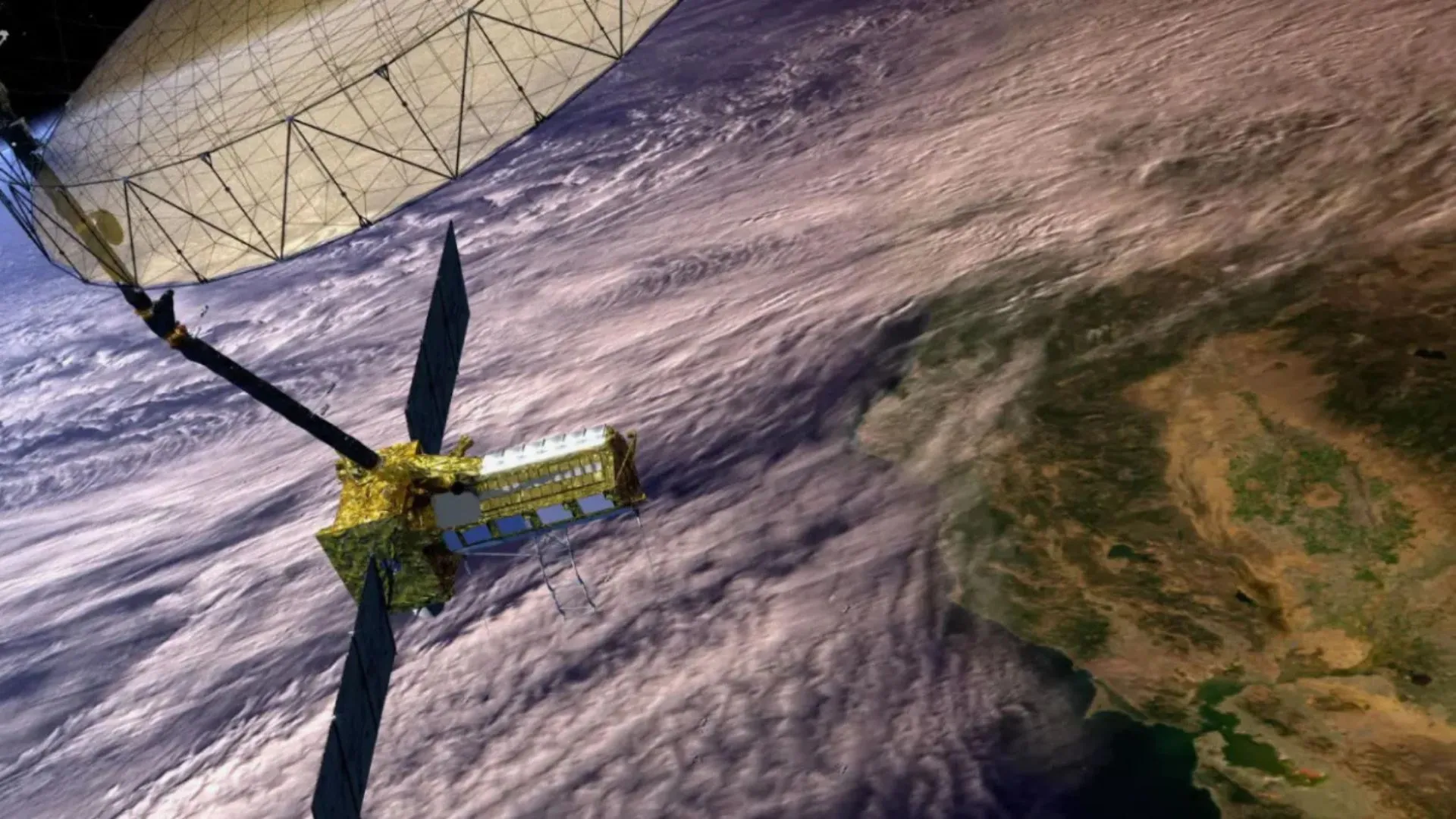The Indian Space Research Organisation (ISRO) and the American space agency NASA are preparing to launch the NASA-ISRO Synthetic Aperture Radar (NISAR) satellite in March 2025. This ambitious mission, estimated to cost around Rs. 5,000 crore, aims to enhance global Earth observation capabilities.
Advanced Radar Technology for Precision Monitoring
Weighing 2.8 tonnes, the NISAR satellite is designed to track planetary changes with remarkable precision, scanning nearly all of Earth’s land and ice surfaces every 12 days. The satellite employs dual-frequency radar technology, which is expected to provide unprecedented data accuracy. According to NASA’s official blog, the synthetic aperture radar (SAR) technology allows the satellite to capture high-resolution images regardless of weather conditions or lighting. It can detect surface changes as small as one inch and penetrate dense vegetation, making it an essential tool for mapping ecosystems and monitoring land dynamics.
Reports indicate that ISRO’s GSLV Mk-II rocket will carry the NISAR satellite into a sun-synchronous orbit from the Satish Dhawan Space Centre. Positioned at an altitude of 747 km, the satellite is expected to operate for three years, focusing on observing Earth’s landforms, ice formations, and vegetation changes. Additionally, it will play a crucial role in monitoring natural events such as earthquakes, landslides, and volcanic activity.
Addressing Challenges Ahead of Launch
The mission has faced delays due to technical challenges related to its radar antenna reflector. To mitigate these issues, reflective tape was added to manage temperature fluctuations. Key components of the satellite were successfully transported from the United States to India in October 2024, completing a complex logistical process.
Significance of NISAR’s Observations
Experts believe that the data collected by the NISAR satellite will be instrumental in understanding solid Earth movements and their implications for global environmental changes. Its wide-ranging applications include studying ecosystems, ice dynamics, and geological events, significantly contributing to research and disaster management efforts. The collaboration between ISRO and NASA on this mission underscores the importance of international partnerships in advancing scientific knowledge and technology.























